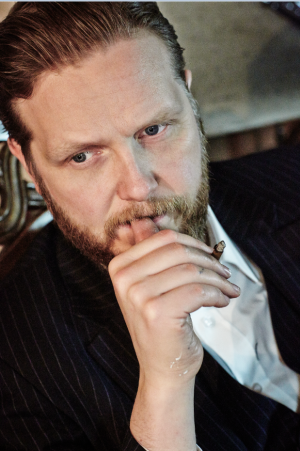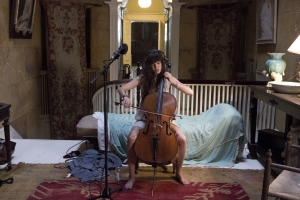
Ragnar Kjartansson
Artist Bio
Icelandic artist Ragnar Kjartansson is the son of an actress and a director/playwright, and spent much of his childhood occupying the fringes of drama rehearsals and performances. During the rehearsals, he would listen to the same lines and scenes repeated over and over. Kjartansson took great interest in how the personalities and styles of the performers changed according to the manner in which the language was delivered. This repetition, plus conditions of duration and endurance, became the framework for Kjartansson’s performance and video career.
Kjartansson’s performances exist in three formats. They are live, disappearing as soon as they happen; recorded, performed for the camera; or made into immersive installations. In each work, there is an emphasis on the original communal activity that produced the music. Kjartansson’s pieces long for a utopia where expression is free and accessible, a revival of urban environments through conjuring ghosts of the past and channeling the primal discourse of nature. This romanticism is coupled with an expansive sense of musical history across all genres; pop, country, classical, even crooning are all likely to be played in a Kjartansson piece, tailored to a specific environment and audience.
The Visitors, 2012, features nine musicians repeating the same lyrics in various rooms at Rokeby farm in upstate New York, a decaying nineteenth-century mansion known for its romantic setting and gloomy charm. Each performer uses different instruments and plays the lyrics in their own deeply felt ways as a camera pans through the house in one long, extremely impressive sixty-four-minute take. The screens in the gallery project all at once, resulting in a collective experience for the viewer. Together, the videos create what critic Hilarie M. Sheets calls an “entirely absorbing ensemble piece that was alternately tragic and joyful, meditative and clamorous, and that swelled in feeling from melancholic fugue to redemptive gospel choir.”
